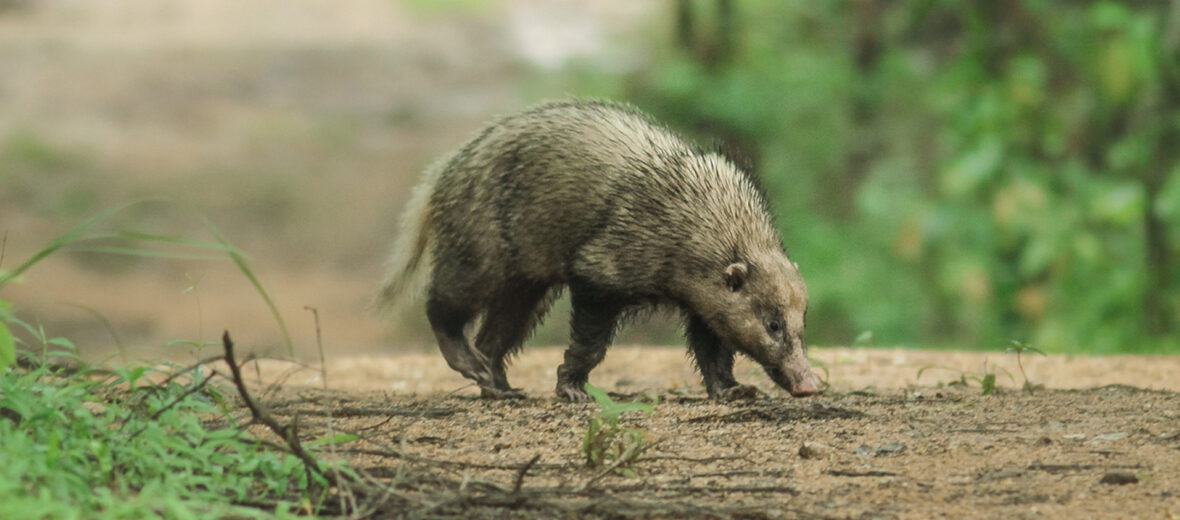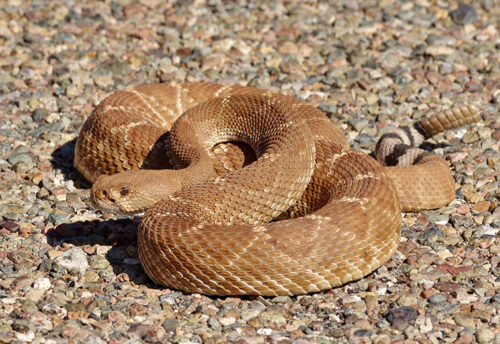
One of the largest extant mustelids, after the European badger and the wolverine, the greater hog badger, aka hog badger, hails from southern and southeastern Asia. They prefer Savannas, grasslands, shrublands, tropical evergreen forests, hills, and mountain habitats. Due to the threats of habitat destruction (at the hands of residential and commercial development, mining, and agriculture), hunting, trapping, habitat segregation (at the hands of roads, railroads, and dams), and vehicle strike (being hit by vehicles), these interesting critters are listed as Vulnerable. Their numbers are also decreasing daily.
First the Stats…
Scientific name: Arctonyx collaris
Weight: Up to 21 lbs.
Length: Up to 2.3 feet, plus up to a 7.9 inch tail
Lifespan: Up to 14 years
Now on to the Facts!
1.) Greater hog badgers are shy and solitary.
2.) These critters are, like all badgers, territorial.
3.) They mark their territory via scent and urine.
4.) Hog badgers are cathemeral (active both day and night).
5.) Using their strong and powerful claws, they dig burrows to rest in, when not foraging for food.
But wait, there’s more on the greater hog badger!
6.) When digging for food, these badgers will not only use their claws, but also their pig-like snout. Hence their namesake of hog badger.
7.) A group of badgers is called a cete, colony, company, or set. But this is a moot point, since you never really see a group of badgers together.
Did you know…?
Their primary predators are dholes, tigers, and leopards.
8.) These omnivores (eat plant and animal matter) prey on insects, small mammals, and worms. However they also eat fruits, roots, and tubers.
9.) Breeding takes place in and around May.
10.) Females undergo up to a 9.5 month gestation (pregnancy) that yields up to 4 cubs, also called kits.
Now a Short Greater Hog Badger Video!
This video talks about badgers, in general.
Be sure to share & comment below! Also, check out the Critter Science YouTube channel. Videos added frequently!
Want to suggest a critter for me to write about? Let me know here.



